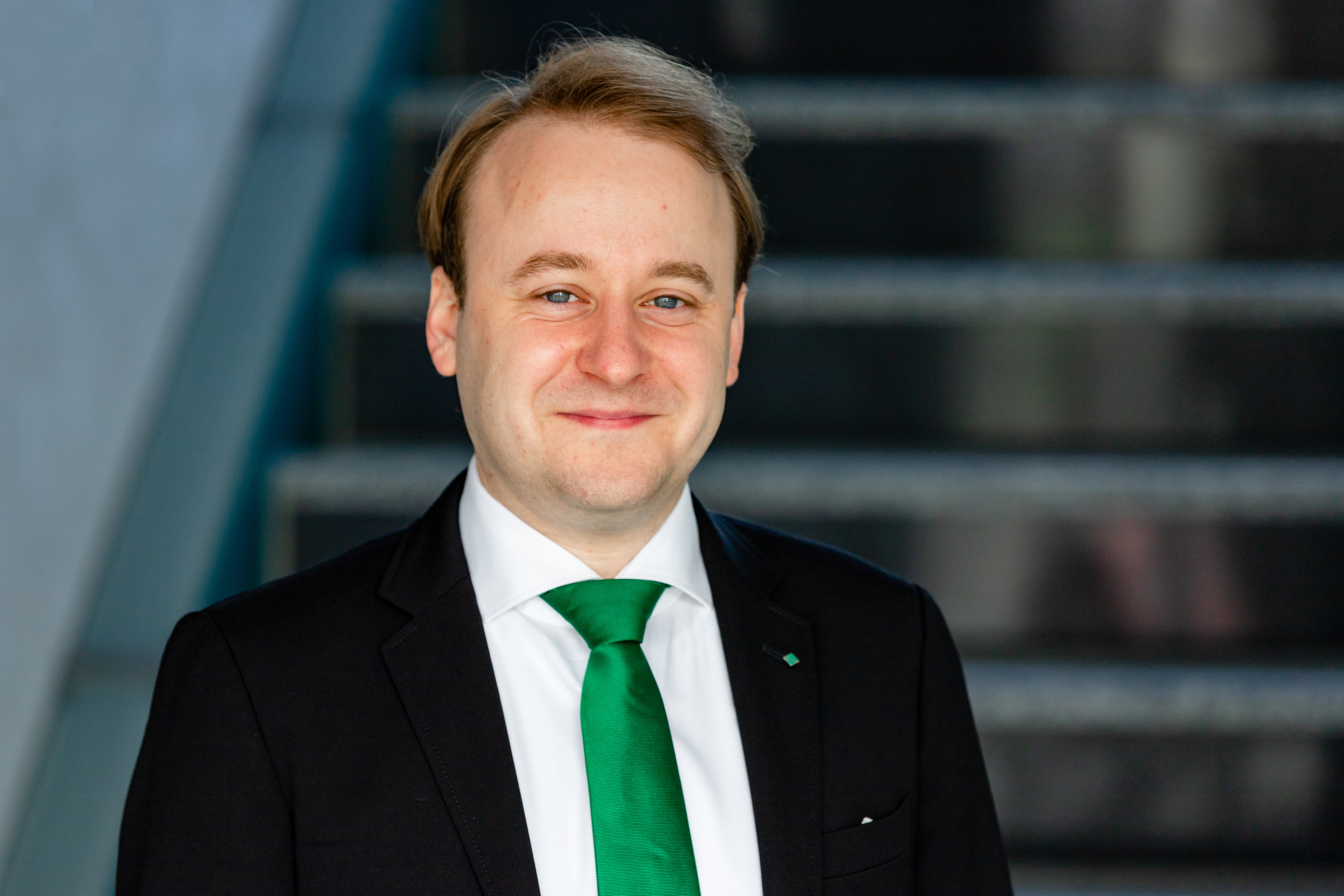Dr Carl-Christoph Höhne works at the Fraunhofer CCPE in the Research Department ‘Circular Additves and Compounds’ on solutions for odorous plastics. Here, he is involved in the development of odor control additives, including a new characterisation method and the concept of the ‘odor barrier layer’ to improve the use of recycled plastics.
What are you working on at Fraunhofer CCPE? What creative ideas are you currently pursuing in your field of research?
Together with CCPE colleagues, I am researching odorous plastics - both recycled plastics and plastics containing natural substances - in order to prevent odor release and/or odor absorption. We coat odor-contaminated plastics with a kind of ‘skin’ containing special substances (additives). This skin and additives form an ‘odor barrier layer’ and thus prevent the release and absorption of odors.
In this way, we want to close plastic cycles and bring odor-contaminated plastics back into use.
Do you have a specific project example or why is this interesting for industry/society?
Plastic recyclates, which are obtained from the contents of recycling bins, for example, often have unpleasant odors due to their composition or due to impurities. For many applications - indoors, in cars and packaging - these plastic recyclates cannot be used for this reason.
With our odor barrier layer, we want to give even odor-contaminated plastic recyclates new life cycles.
What has been your highlight at Fraunhofer CCPE so far?
The concept of odor barrier layers emerged from intensive discussions in the first year of the cluster and then gradually developed from an idea to initial trials to an independent sub-project that has since attracted a great deal of interest from industry.
Over the years, I have worked together with researchers from different parts of Germany - Darmstadt, Potsdam, Freising and Karlsruhe - on a socially highly relevant topic. Despite our busy calendars, we always found time at short notice to discuss the latest findings and developments. I find this intensive shared interest in research, the mutual support and the trusting collaboration outstanding.
What does your day-to-day work look like?
(laughs)... You are a scientist and every day brings something new.
What do you wish for the future of Fraunhofer CCPE?
I would like to see a continuation of the good cooperation between the Fraunhofer researchers involved and with industrial partners in order to optimise the implementation of Fraunhofer CCPE's developments and make a circular plastics economy a reality.
How could Fraunhofer CCPE make the world a little better in the future?
I am currently aware of Fraunhofer CCPE's technology transfer activities primarily in Europe, particularly in Germany. However, the circular plastics economy is a global challenge. Technologies must arrive where the greatest potential for improvement is expected globally.
What invention in the circular plastics economy are you personally hoping for?
I'm hoping to see products with an odor barrier layer on the shelves and I'm looking forward to having a smell of it.
